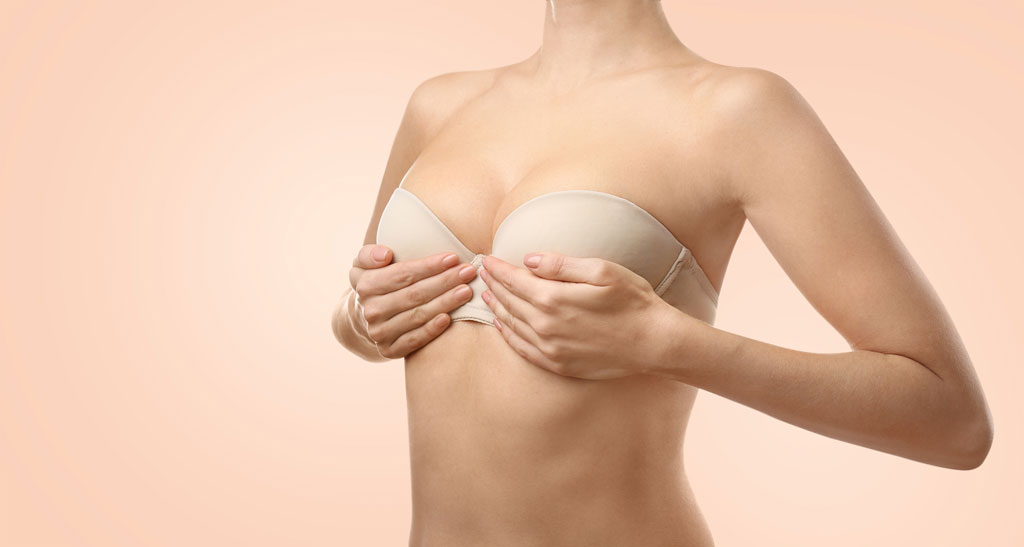
Fat Transfer for Breast Reconstruction
What does the operation involve?
The technique involves aspirating and collecting fat through a small diameter cannula. The harvest technique is the same as for liposuction. You can select the donor site, but it is best taken from an area of diet resistant fat such as the abdomen, hips or thighs.
The fat aspirate is processed in a specialised collector to remove blood, oil and excess water. This leaves concentrated fat cells, which are then gently re-injected into the targeted area to increase volume and correct contour abnormalities or irregularities.
The procedure takes approximately one hour to perform, under a general anaesthetic (you will be fully unconscious). This is normally carried out as a day case, so you do not need to stay overnight in the hospital. However, if you have the fat grafting as part of another surgery you may be required to stay in hospital a little longer.

































































What are the risks and side effects of surgery?
Having surgery should be a very positive experience. Complications are infrequent and usually minor. However, no surgery is without risk and it is important that you are aware of these potential problems.
Scars
Apart from a needle mark, like having blood taken, there will not be any scars. The scars at the donor site are approximately 3mm in size. These are hidden in the skin crease and should be barely perceptible. However, some patients heal with noticeably thickened, thin or stretched scars.
Bruising and swelling
This is very common on both the recipient and donor sites and the bruising may take a couple of weeks to settle.
Contour irregularities
It is possible to have indentations or laxity of the skin following this procedure. Massaging the area(s) should resolve this but occasional further surgery may be required.
Infection
This is rare, but I prescribe a course of antibiotics after surgery to reduce the risk of any infection.
Fat necrosis
If some of the fat does not receive a blood supply it will die and gradually be re-absorbed. This can sometimes leave a lump that cannot be seen but can be felt. Massaging should resolve this but occasionally a procedure to remove the lump may be required.
Fat loss
Of the fat that is injected, 40% to 70% of this should ‘take’ and become permanent. The remaining fat will simply melt away (re-absorb) over the next few weeks. If at this stage, you would like more volume, this can be performed approximately 12 or more weeks later.
Fat cysts
After fat transfer, these can sometimes occur. Most cysts can be aspirated with a needle if they are problematic.
Fat embolus
This is the obstruction of blood vessels by fat droplets. It is uncommon, but most often happens after fractures of long bones and may also arise in the post-operative period of orthopaedic surgeries. However, it has been described after liposuction and fat grafting. The cases of fat embolism from fat grafting have been linked to operations on the face and buttocks. In some reported cases, have been fatal. This is likely to be due to the rich blood supply and inadvertent damage to blood vessels.
Breast cancer development
There are theoretical concerns with regards to the possible effects of fat transfer on the development of breast cancer. However, to date, there is no evidence that fat injected into the breast causes cancer.
Thousands of fat transfer procedures have been performed worldwide, many in breast cancer patients, and an increase in breast cancer rates in these patients have not yet been recorded. However, it will take many years (with thousands of patients having had fat transfers to their breasts) before the scientific community will be able to accurately determine from robust data, if breast fat transfer contributes to breast tumour growth.
Breast imaging
Concerns have been raised that fat transfer can alter the appearance of the breasts on mammogram, ultrasound, and MRI scans.
Breast lumps, cysts, and calcifications can occur after fat transfer to breasts, just as they can after any other breast procedure.
The developing consensus is that transferred fat looks distinct on breast imaging and is generally distinguishable from suspicious lesions for breast cancer.
Further fat transfer procedures
These are sometimes required to give the desired result as only a certain amount of fat can be injected during one operation. If you would like more volume, this can be performed any time after 12 weeks post-surgery.
Further liposuction
This may be necessary to give the desired result. Only a certain amount of fat is removed at one operation (1 litre maximum). However, if you wish additional liposuction, then this can be performed at the same time.
Damage to internal structures
Liposuction is performed in the superficial layer of fat underneath the skin. As the cannulas are blunt, they are very unlikely to damage any important structures. However, if there is a hernia or weakness of the abdomen, then damage may be possible; this is very unlikely.
DVT/PE
Following any surgical procedure it is possible to develop a blood clot in your legs, which could potentially break off and travel to your lungs. If the blood clot is large enough, it could prove fatal.
The overall risk for cosmetic surgery is less than 1%, but to reduce any risks of a DVT/PE, you will be provided with special stockings to wear in bed together with a blood thinning injection, if you are not mobile or have previously had a DVT or PE.
What is the estimated time for recovery, absence from work and return to usual activities?
You should take things easy for the first week and most patients return to work by 1 week. You can drive from as soon as you are comfortable, which is normally between 1 to 2 weeks. Most patients return to the gym at 2 weeks, and I recommend you wear your support bra for 4 weeks.




